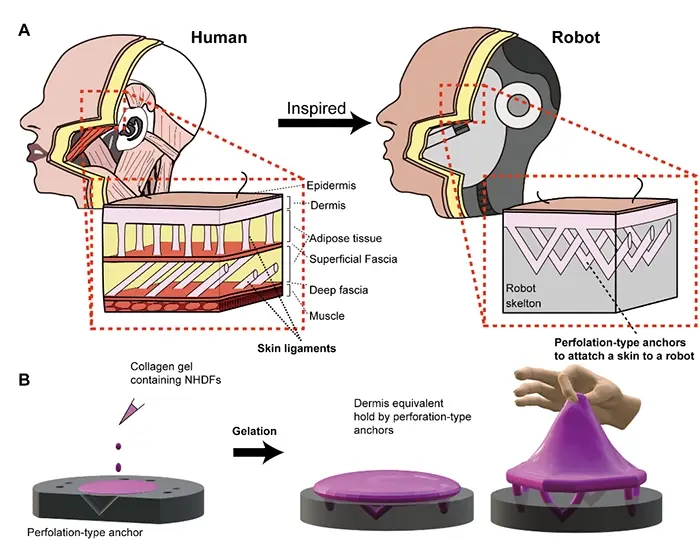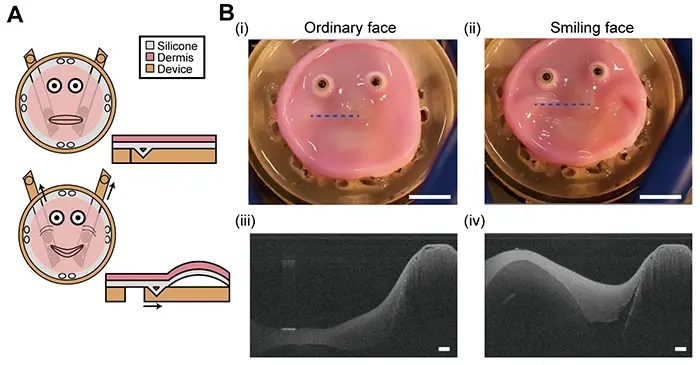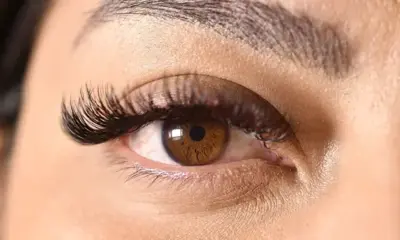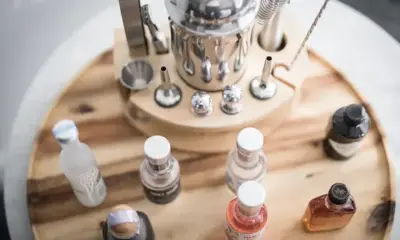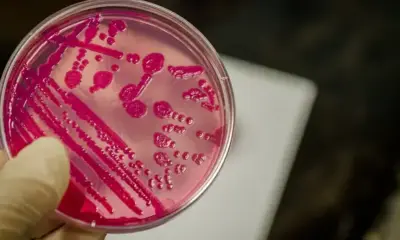Tech & Innovation
Face-on-a-chip: Robot Skin Technology Advances Cosmetics Testing
The engineered skin tissue and its adhesion to the robot’s underlying structure were inspired by human skin ligaments.
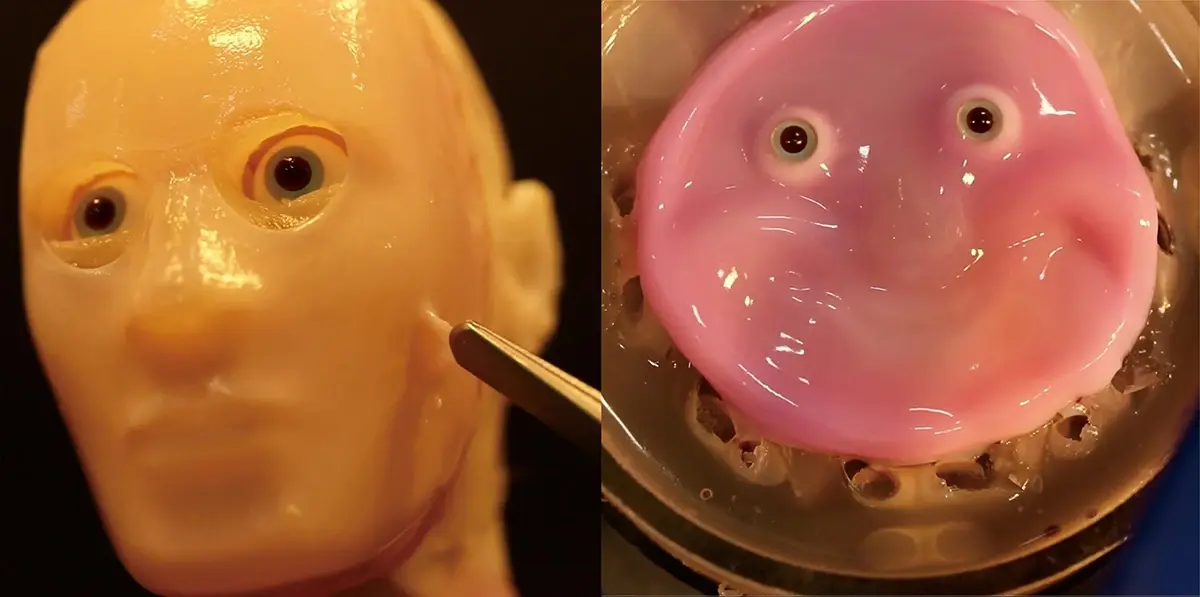
New research has successfully attached engineered skin tissue to humanoid robots, potentially transforming the cosmetics industry and aiding plastic surgery training.
This breakthrough, led by Shoji Takeuchi, a professor at the University of Tokyo, involves the creation of living, self-healing skin for robots using perforation-type anchors. The skin mimics human texture and functionality, offering more realistic environments for testing personal care and cosmetic products. As noted by Takeuchi, Face-on-a-chip: Robot Skin Technology Advances Cosmetics Testing, allowing for accurate evaluations of how products impact skin texture, elasticity, and appearance, paving the way for better formulations.
Courtesy of Popular Science
The concept of “face-on-a-chip” isn’t entirely new, but its implications are significant for cosmetics testing, surgical procedures, and research into skin aging. Sensors could also be added to enhance environmental awareness and improve interaction capabilities in the future. Takeuchi emphasizes how this new approach moves beyond traditional flat skin models, stating that their 3D skin model provides a more realistic surface, enabling the study of how cosmetics behave on dynamic, moving skin. Face-on-a-chip: Robot Skin Technology Advances Cosmetics Testing, further underlining the role this innovation can play in improving product performance in real-world conditions.
This research is part of a broader effort to make robotic skin more lifelike by integrating biological components such as vascular systems, sensory elements, and structures like hair follicles and sweat glands. Takeuchi’s team is also focused on enhancing the skin’s durability, making it more functional for various applications. Face-on-a-chip: Robot Skin Technology Advances Cosmetics Testing, highlights the potential for these developments to revolutionize not only the cosmetics field but also plastic surgery.
Courtesy of Popular Science
Beyond cosmetics testing, the mobility and self-healing properties of this engineered skin offer additional benefits for humanoid robots. Takeuchi explains that the skin enhances robot mobility, providing a durable surface that can withstand movement and environmental factors. Its self-healing abilities help maintain both the robot’s appearance and functionality, ensuring it can repair minor damage just as human skin would. This self-repairing capability sets it apart from other materials that require external triggers like heat or pressure to heal. Takeuchi concludes that with this biological skin, robots could eventually gain nerves and other sensory organs, pushing the boundaries of what’s possible in robotics and human interaction.

